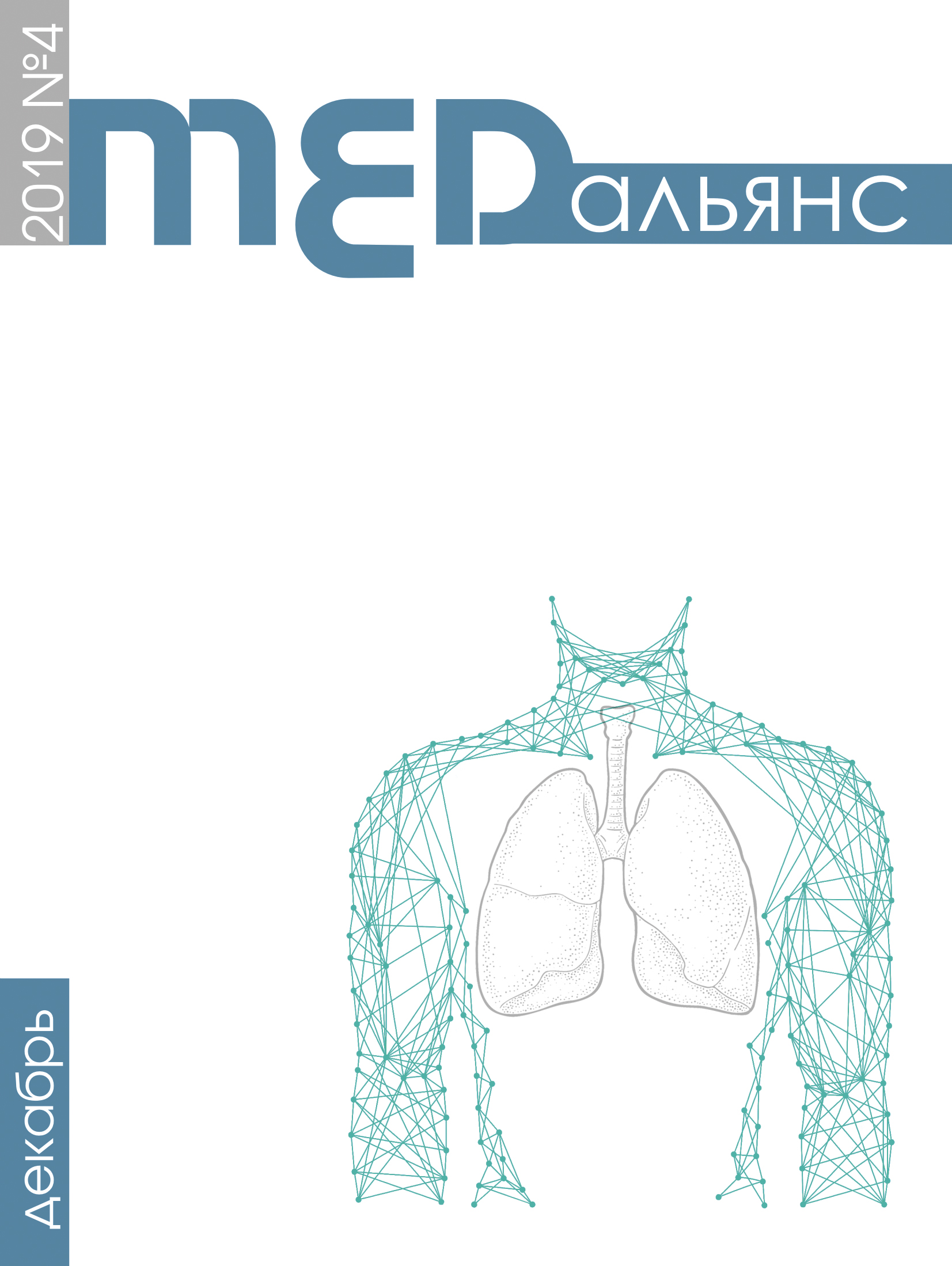Abstract
Owing to a growing number of patients with drug-resistant tuberculosis, it is increasingly demanding to include the surgical stage when treating this category of patients. The lungs ventilation function assessment by conventional research methods based on the maximum and forced respiratory maneuvers in the early post-operative period is impossible. Therefore, to control the post-operative airways, the impulse oscillometry technique (IO) was proposed, efficient for normal, quiet breathing. Objective: identifying the features of IO parameters changes in patients with pulmonary tuberculosis with various extent of pulmonary resection in the early post-operative period. Materials and methods. 73 pulmonary tuberculosis patients were examined with various extent of pulmonary resection: 22 segmentectomy, 27 lobectomy, 24 pneumonectomy. Initially, ventilation parameters were assessed by spirometry and bodyplethysmography, IO was performed in pre-operative and in 7-10 post-operative days. Results: in the early post-operative period, the reactance at a frequency of 5 Hz significantly changed in the segment- and lobectomy groups. The mean deviations after surgery analysis showed an increase in a total respiratory resistance and resistance at 5 Hz in all groups. Resistance at 20 Hz in the segmentand lobectomy groups decreased, after pneumonectomy — increased. Conclusion: in the early postoperative period in the groups with the segment- and lobectomies there were an increase of the peripheral airways resistance and a decrease in the central airways resistance. In the group with pneumonectomies, resistance increased in the peripheral and central airways.

